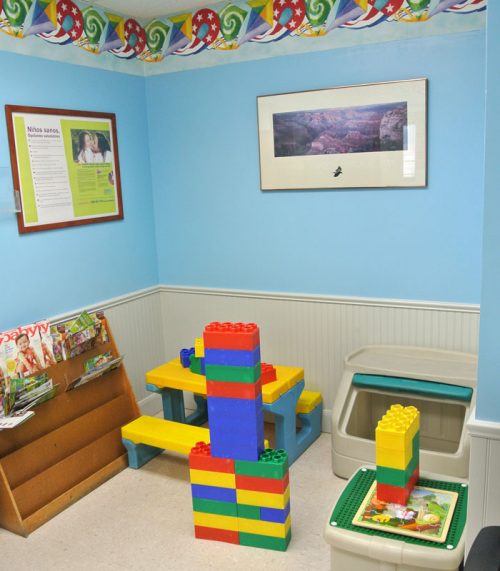Lacerations
Understanding Lacerations
Lacerations are deep cuts or tears in the skin or flesh, often caused by sharp objects or trauma. These wounds can vary in severity, from minor cuts that require simple first aid to deep lacerations that may need medical intervention such as stitches or surgical repair to promote proper healing and prevent complications.
Schedule an Appointment
If you observe these symptoms in your child and are concerned about a laceration, it is important to seek a comprehensive evaluation from a healthcare professional. Scheduling an appointment with us can help in obtaining a proper diagnosis and developing an effective treatment plan to manage your child’s wound and ensure proper healing.
Get In Touch
Injuries
Recognizing Symptoms of Lacerations
You might notice several signs in your child that could indicate a laceration:
- Visible
Cut: A noticeable break in the skin, which may be deep and expose
underlying tissues.
- Bleeding:
Moderate to severe bleeding from the wound, which may not stop easily.
- Pain:
Significant pain at the site of the injury, which may increase with
movement.
- Swelling:
Swelling around the cut, which may develop soon after the injury.
- Bruising:
Discoloration or bruising around the wound.
- Gaping
Wound Edges: The edges of the cut may be separated or gaping,
indicating a deeper laceration that might require stitches.
- Debris
in Wound: Presence of dirt, glass, or other foreign materials in the
wound, which can increase the risk of infection.

